About Greensburg
Greensburg's Beginnings
Greensburg was established in 1886. Greensburg was named for stagecoach driver D. R. “Cannonball” Green. In 1886, Governor John Martin organized Kiowa County and named it after the native Indians of the area. Small settlements were springing up across the plains. Donald R. Green “Cannonball Green” was instrumental in the organization of Greensburg, the town that would bear his name.
Colonel Green was a flamboyant, boastful character. He liked to dominate a crowd while twirling his diamond-studed watch chains. He owned and operated “The Cannonball Stageline.” His fine stage coaches and speeding broncos blazed trails which railroads and highways later followed. He took great pride in the speed of his coaches and advertised that even “Father Time” couldn’t keep up with the “Cannonball.”
His stageline brought stability and prosperity to the towns it served as he helped his passengers become acquainted with prairie life. But his stageline was up-staged when the railroad came to Kiowa County.



The Big Well
Greensburg is home to the world’s largest hand dug well. When the well was completed in 1888 it was 109 feet (33 m) deep and 32 feet (9.8 m) in diameter. The well was used as the town’s water supply until 1932. In 1939 it was opened as a tourist attraction allowing visitors to descend to the bottom of the well. The adjacent museum displayed a 1000-pound Pallasite Meteorite until the museum fell down around the meteorite during the 2007 tornado that destroyed the town. The Well was not destroyed, and the meteorite was found in the rubble of the museum and now is on display in the new Big Well Museum & Visitor Information Center.
Half iron and half stone, the Pallasite Meteorite (Space Wanderer) on display at the Big Well in Greensburg, was found on the Ellis Peck farm east of Greensburg by Mr. H. 0. Stockwell of Hutchinson, Kansas, using a device similar to a mine detector. The Space Wanderer may be old beyond imagination and from far beyond our solar system. Meteorites or “shooting stars” have awed humanity throughout history.
May 4, 2007 Tornado
On May 4, 2007 95% of Greensburg was destroyed by an EF5 tornado. This event completely changed the face of Greensburg and 12 lives were lost. Although a great tragedy, we came together as a community to vision a future that is better, stronger and greener.

Sustainability
Following the tornado, the community set out to rebuild with sustainability in mind. There have been many green efforts made in our buildings and infrastructure including:
- Greensburg is home to the most LEED (Leadership in Energy and Environmental Design) buildings per capita in the U.S
- We are the first city in the U.S. to use all LED streetlights.
- Greensburg is 100% renewable, 100% of the time. All of the electricity used in the City of Greensburg is wind energy.
- Water is a very precious resource and we conserve every drop with low flow fixtures and native plantings in our landscaping. We also collect rainwater for use in irrigation and in some facilities, as grey water in toilets.
- Greensburg has single stream curbside recycling.
- And more!


Getting Around
Greensburg is located on east/west running U.S. Highway 54/400 that goes west to El Paso, TX and east to western Illinois.
Nearest airports are Wichita Dwight D. Eisenhower Airport and Dodge City Regional Airport.
Prestige Bus Service makes daily trips from Wichita, KS to Pueblo, CO on their Beeline Express Service.
Amtrak has a stop in Dodge City, 45 miles west of Greensburg.
Travel within Greensburg is very easy due to our small size and walkability. Bicycling and walking is encouraged. Borrow one of our free Greensburg Bikes at The Big Well Museum! View our tour map to get your bearings.
For more information, please contact Heather Coyne, Convention and Tourism Director, 620.723.4102 or tourism@greensburgks.org.

